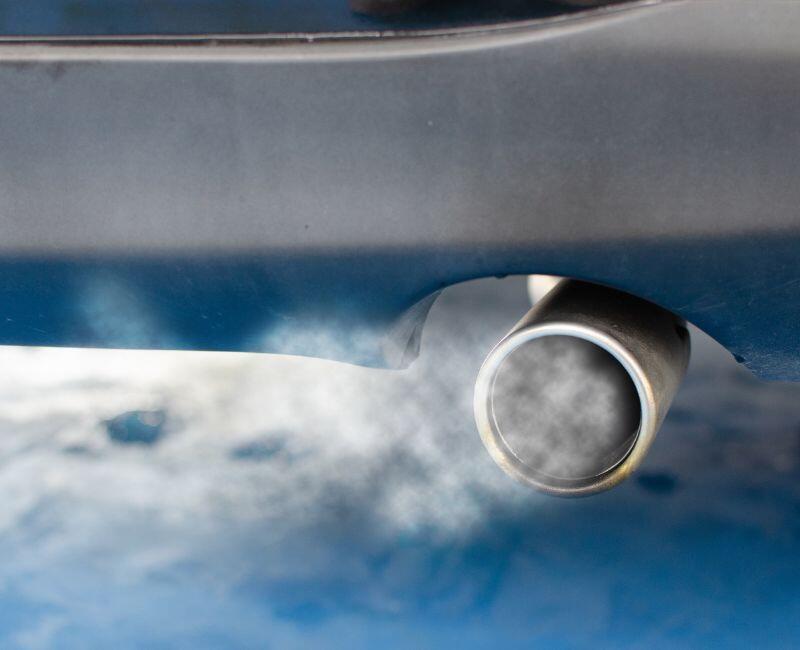With fuel prices rising and environmental concerns growing, improving fuel efficiency is more important than ever. By making small changes to your driving habits and vehicle maintenance, you can reduce fuel consumption, save money, and lower your carbon footprint. Here are some practical strategies to help you drive more efficiently and sustainably.
1. Maintain Proper Tire Pressure
Under-inflated tires create more rolling resistance, making your engine work harder and increasing fuel consumption. Check your tire pressure regularly and keep it at the recommended level to improve fuel efficiency.
2. Drive Smoothly and Avoid Aggressive Driving
Sudden acceleration, harsh braking, and aggressive driving can lower your fuel efficiency by up to 30%. To conserve fuel:
- Accelerate gradually.
- Maintain a steady speed.
- Avoid unnecessary braking by anticipating traffic flow.
3. Reduce Excess Weight and Drag
The heavier your car, the more fuel it consumes. Remove unnecessary items from your trunk and avoid carrying heavy loads unless necessary. Additionally, roof racks and cargo carriers increase aerodynamic drag, reducing fuel efficiency. Remove them when not in use.
4. Use Cruise Control on Highways
Cruise control helps maintain a consistent speed, reducing unnecessary acceleration and fuel consumption on long highway trips. However, avoid using it on hilly terrain where manual control may be more efficient.
5. Avoid Idling for Long Periods
Leaving your engine running while parked wastes fuel and increases emissions. If you’re waiting in your car for more than a minute, turn off the engine to save fuel.
6. Plan Your Trips Efficiently
Consolidate errands and plan your routes to avoid unnecessary driving. Using GPS or navigation apps to find the most fuel-efficient route can help reduce travel distance and fuel consumption.
7. Regular Vehicle Maintenance
A well-maintained car runs more efficiently and uses less fuel. Schedule regular tune-ups, oil changes, and filter replacements to keep your engine in top condition. Using Car Accessories like fuel-efficient air filters and engine additives can further improve performance.
8. Shift to Higher Gears Sooner
If you drive a manual transmission, shifting to higher gears sooner can reduce engine strain and fuel consumption. Avoid revving the engine excessively and maintain optimal RPM levels.
9. Use Air Conditioning Wisely
Air conditioning increases fuel consumption, especially at lower speeds. Use it sparingly and opt for natural ventilation when possible. On highways, using AC is more efficient than driving with windows open, which increases drag.
10. Consider Alternative Transportation Methods
Reducing car use altogether is one of the best ways to lower fuel consumption and carbon emissions. When possible:
- Walk or bike for short trips.
- Use public transportation.
- Carpool with others to reduce the number of vehicles on the road.
11. Switch to a Fuel-Efficient Vehicle
If you’re in the market for a new car, consider a hybrid or electric vehicle. These options significantly reduce fuel consumption and have a lower environmental impact compared to traditional petrol or diesel cars.
12. Monitor Your Fuel Consumption
Keeping track of your fuel usage can help identify patterns and inefficiencies in your driving habits. Many modern vehicles have onboard fuel economy monitors, or you can use mobile apps to track consumption manually.
Improving fuel efficiency is beneficial not only for your wallet but also for the environment. By adopting these strategies, you can reduce fuel consumption, lower emissions, and make your driving habits more sustainable. Start implementing these tips today and enjoy the long-term benefits of fuel-efficient driving.

